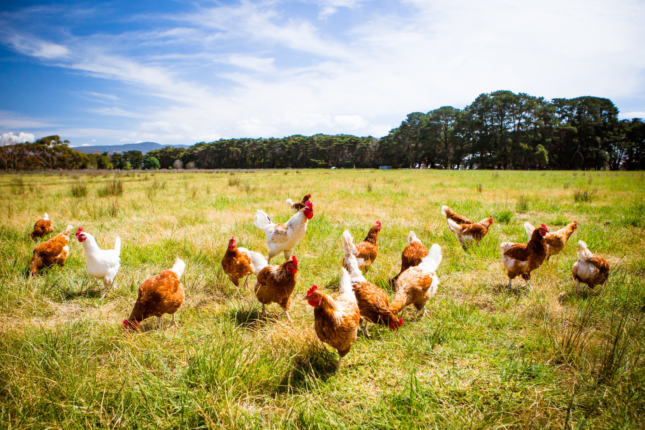
Chicken Farms and the Cost for the Earth
The journey of the chicken from Southeast Asia to a domesticated and unnecessarily abused staple in the western diet is a troublesome one. Prior to commercialized industrialization and the rise of factory farms the chicken was a rare treat in the United States, reserved for Sunday dinners and special occasions. Most farms focused on egg production, meat being a byproduct of the egg laying birds.
The chickens were raised naturally by local farmers or shipped live from nearby farms. Due to the large amount of space needed for the animals to thrive the chickens were often raised in small groups of thirty or so, a natural living situation for the birds who, in nature, establish social hierarchies to better commune with their group. They fed predominantly by foraging and lived in synchronicity with nature, making egg production almost non-existent in winter months.
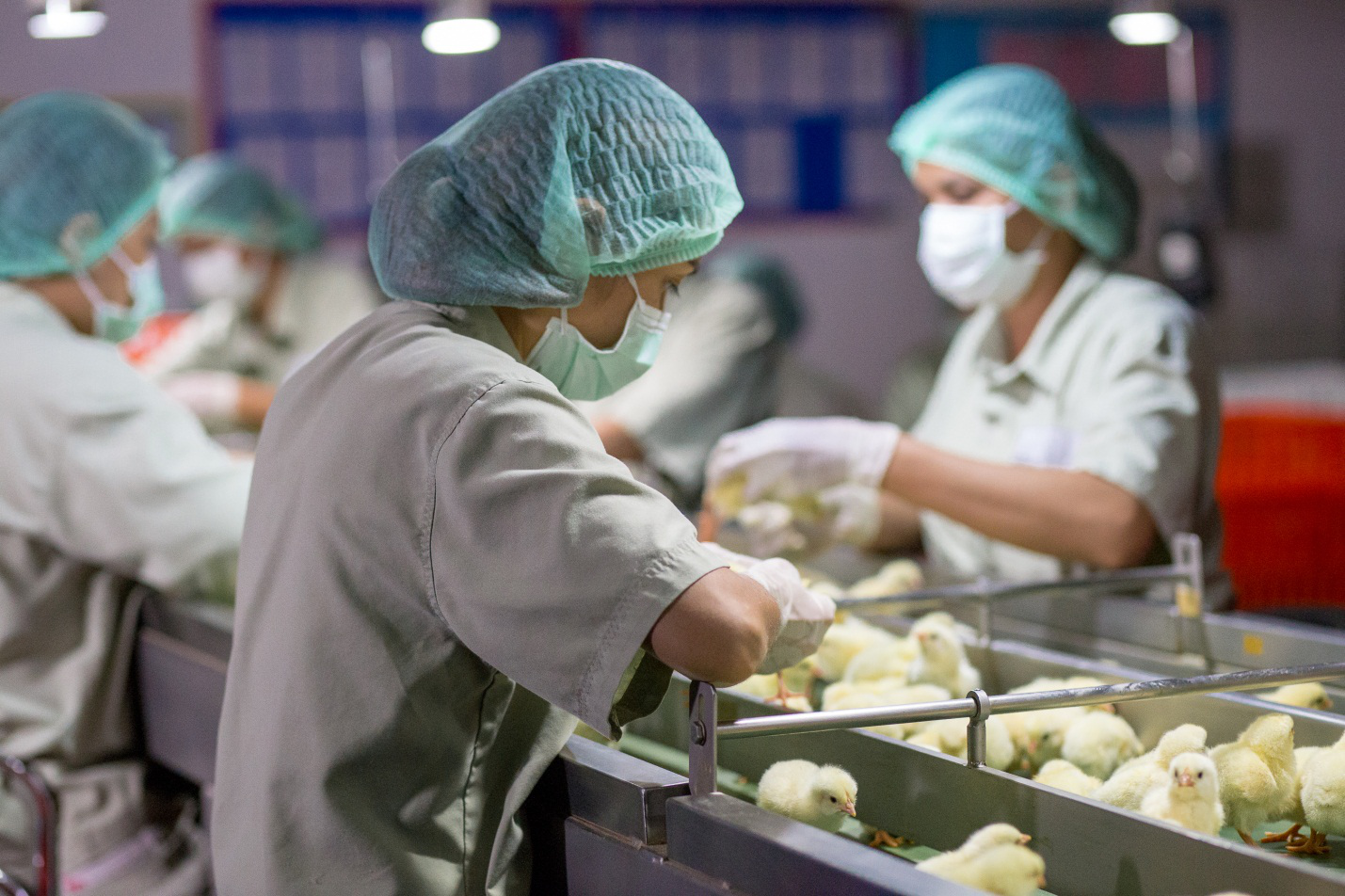
As the 20th century approached and the chicken’s popularity grew agricultural research aimed to find ways to negate natural order and find ways to increase production. The discovery of vitamin D allowed chickens to produce eggs in the winter, scientific breeding made way for more focus on meat production by increasing breast and wing size, and huge slaughterhouses and laying facilities made for lower prices and the dethroning of chicken as a luxury meal, all at the expense of humane living conditions and ethical practices to ensure quality food and a quality life for the chickens.
Egg Production: Battery Farming and Molting
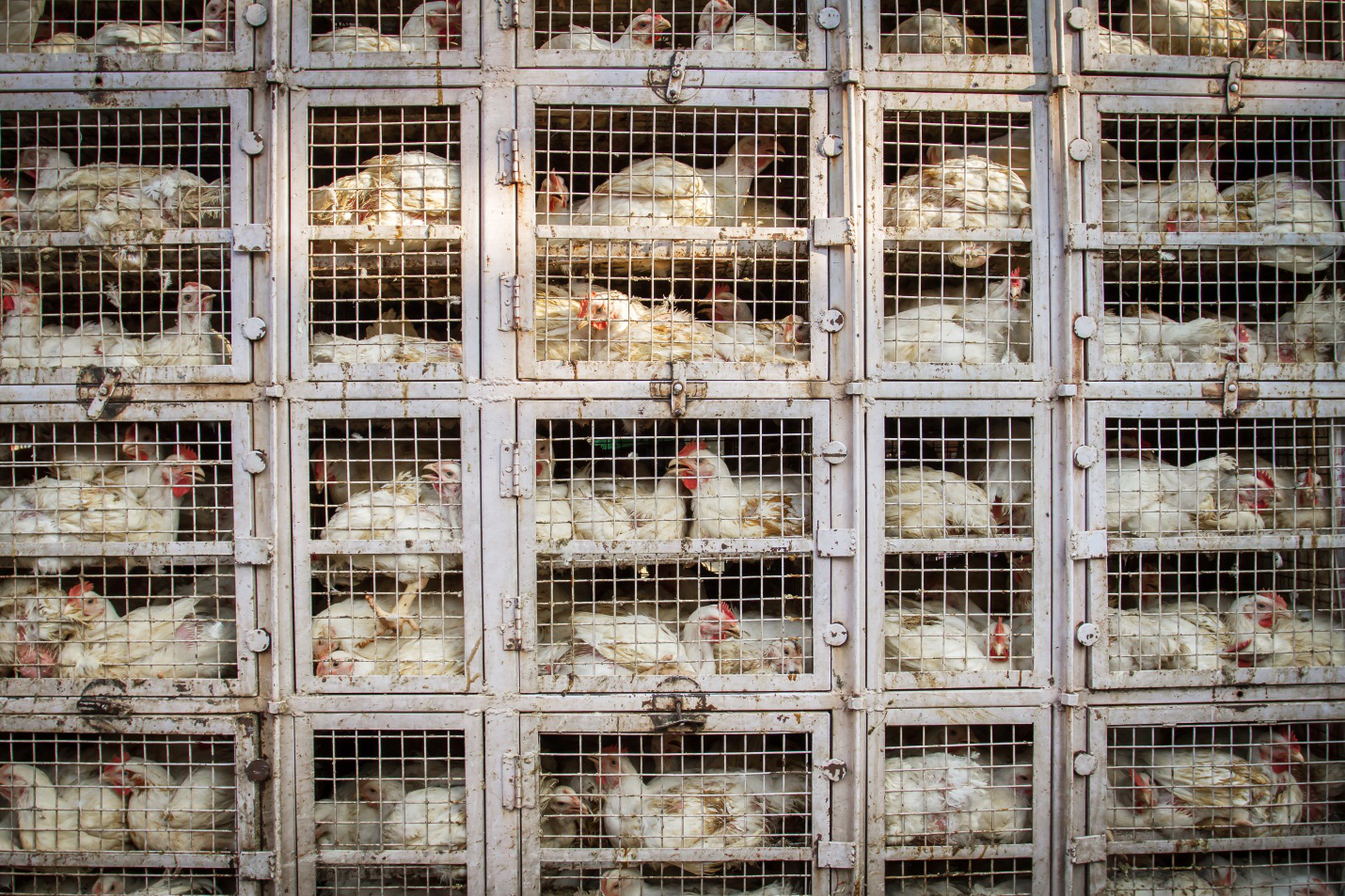
Battery Farming
Over 90% of eggs in the United States come from battery cages. These tiny wire cages house on single chicken and are rarely large enough for the bird to spread its wings, let alone all the other actions that cannot be performed in such a tiny space, including bathing and preening.
The process begins with baby chicks on a conveyor belt where workers check whether or not the chick is male or female. The females are placed back on the belt, but the males are taken to be suffocated, gassed, or ground up alive. The females have their beaks cut off and are forced into tiny cages with other chicks until they have grown to a proper size and are put into the battery cages.
The battery cages are stacked and arranged connected to each other like batteries. The wire cages make for terrible living conditions, the metal wire tears the cuts the birds if they try to move around or stretch out. Their natural instincts to create a nest and care for their eggs are negated, their eggs roll down to be collected by factory workers. The wire floors of their cages allow for their feces to fall to the ground level, often falling to cages beneath, which creates ammonia build up and can even harm other chicken that can be burned by the ammonia build up. After hens have gone through a laying cycle they are often slaughtered or subjected to forced molting.
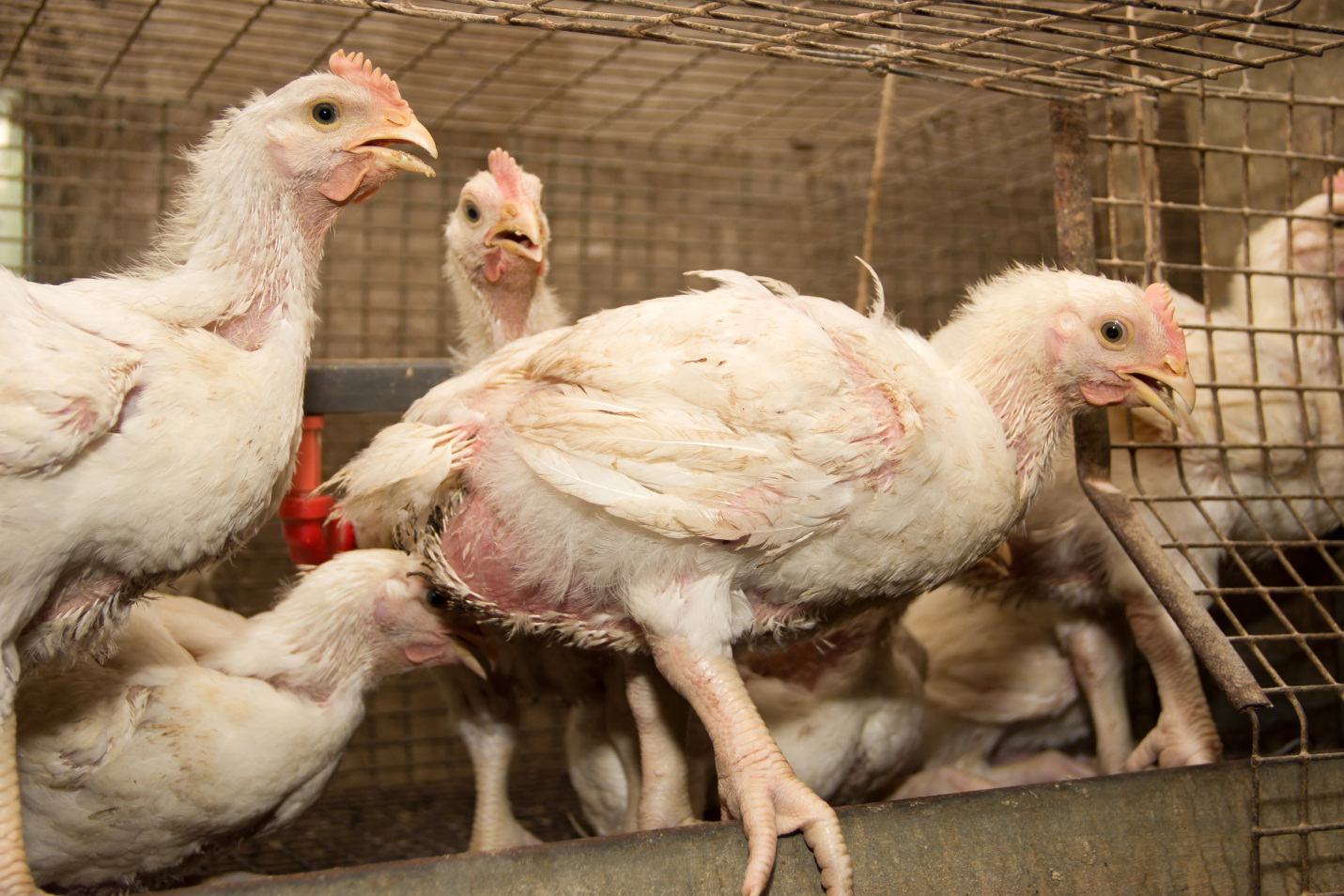
Molting
Molting is a process that forces chickens into another laying cycle by not allowing the hens to eat or drink for up to 18 days. The hens are kept in complete darkness and not fed until another laying cycle is induced, this practice often kills the hens who die from fatigue.
Meat Production: Broiler Chickens and Antibiotics
Broiler Chickens
Broiler chicken facilities refer to factories that raise chickens for meat production. These facilities are packed full of chickens leaving less than one square foot per bird, negating their need to move freely and develop their social hierarchy. The uncomfortably close living conditions are aggravating to the animals, they fight and peck as a natural reaction to this treatment, injuring or killing each other. To avoid damaging the valuable flesh needed to make profit the factory workers clip the chicken’s beaks and talons, without anesthesia, while the chickens are only a few weeks old, a cruel and heartless solution to a manmade problem.
GMO and Selected Breeding
The chickens in these facilities are genetically modified so their breasts and thighs grow at unnaturally quick rates, often to the point that the chicken’s bones cannot support the weight of their own bodies resulting in broken bones, heart troubles, and even death. Some chickens are discarded due to size or are selected as not suitable for breeding at the factory worker’s disposal. The birds often grow so large they cannot feed or drink for themselves, and the ones that do survive are transported to slaughterhouses.
The transportation to the slaughterhouse is often during extreme temperatures of which the chickens have no protection, once again crammed into small spaces, where many die on the way to be slaughtered. The chickens that do make it to the slaughterhouse are no better off than their deceased cohabitants, the birds are strapped upside down onto a machine, dunked into electrified water, and have their throats slit. After bleeding out the birds are dunked into scalding water to remove feathers. The most productive of these factories can kill over 8,000 chickens per hour.
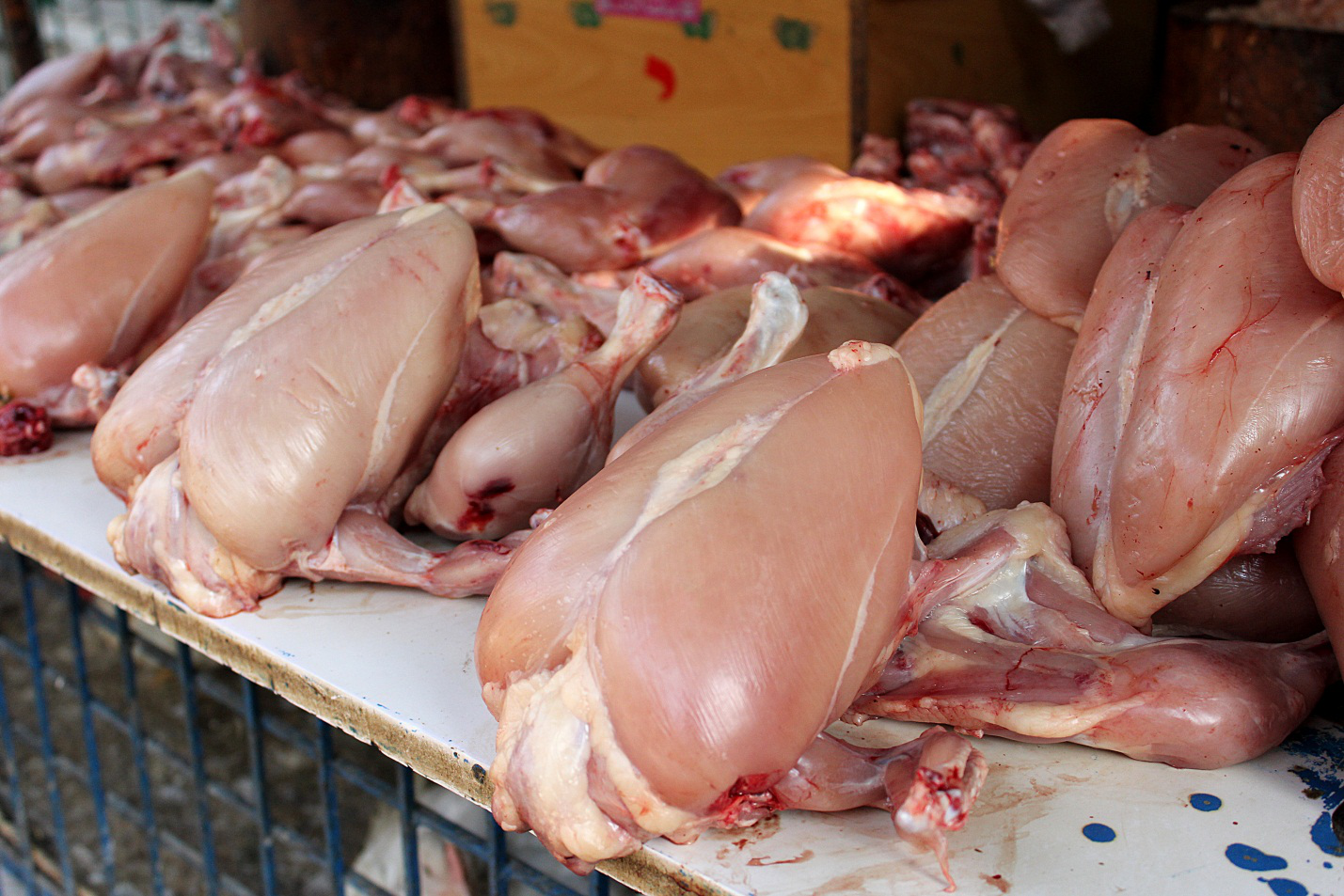
Antibiotics
The use of antibiotics is found in most factory farming scenarios. One of the most careless procedures practiced by these facilities the use of antibiotics has proven to further the evolution of bacteria into super bacteria that cannot be killed by contemporary drugs. Under the extreme conditions the chickens are subjected to they would not be able to survive without extreme drugs. Millions of pounds of antibiotics are given to chickens each year but only twenty percent of these drugs are metabolized, the rest end up in waterways and soil, mainly as a result of chicken feces being used as fertilizer.
Ethical Progress and The Future
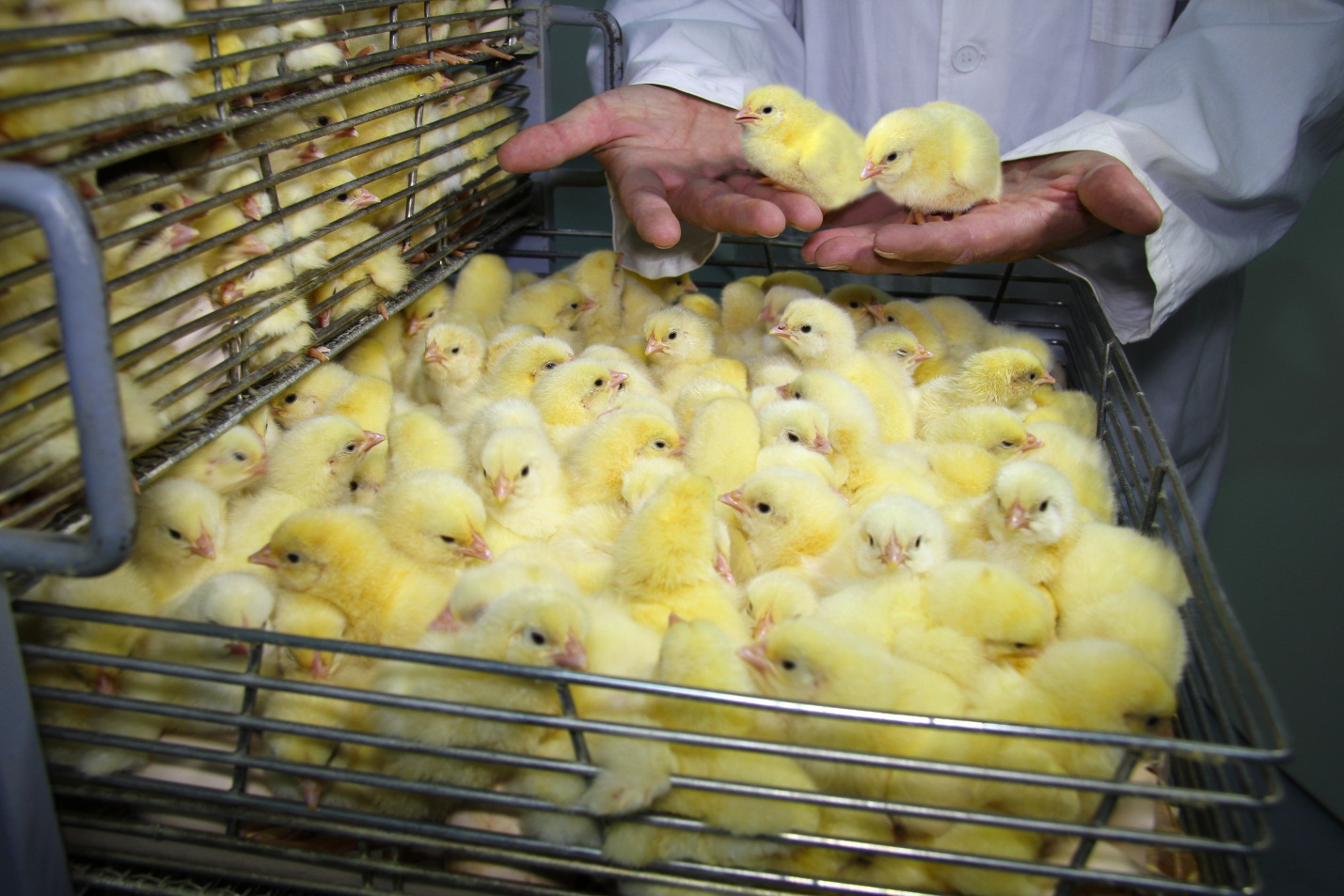
“Cage Free” Shortcomings
Although some farms have tried to mask their cruel nature by stating that their chickens live ‘cage free’, this is often just a way of saying the chickens don’t live in cages. They are still subjected to dense living conditions and still slaughtered in unethical ways after the first laying cycle. There is no regulation on how much space these animals are allowed, and they still are bred for high meat production which in turn limits their mobility, even with space to freely move.
Small Changes, Big Impact
The factory farming industry is still thriving, but in recent decades we have seen significant change and increased social awareness of the unnecessary living conditions and even the unnecessary need for chickens in our diets altogether. The European Union made regulations for the sizes of ‘enriched cages’, but this certainly doesn’t solve the problem. In Germany they banned all use of battery cages and enriched cages. Battery cages have been made illegal in Michigan as of 2009.
There is an obvious backlash as the public realizes the atrocities taking place right under their noses, even the World Health Organization suggest antibiotic use for growth should be banned. More and more studies are revealing the negative health and environmental impact of factory farms and the vicious cycle that ensues when these factories are allowed to put profits over health and environmental consciousness.
Small changes make for big impact and if one person changes their means of living and denounces factory farm practices it makes a huge difference. Many celebrities are outspoken about their vegan lifestyle or their vegan trial and errors, social media is a great outlet to spread the message to loved ones and strangers. Most communities facilitate a farmer’s market for more personal and local food exchange.
Being active and vocal in the community, researching where your food’s origins, buying local or even trading your eggs for a tofu scramble are effective ways to spark change in your life, and others around you, for the better.


